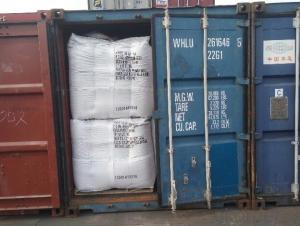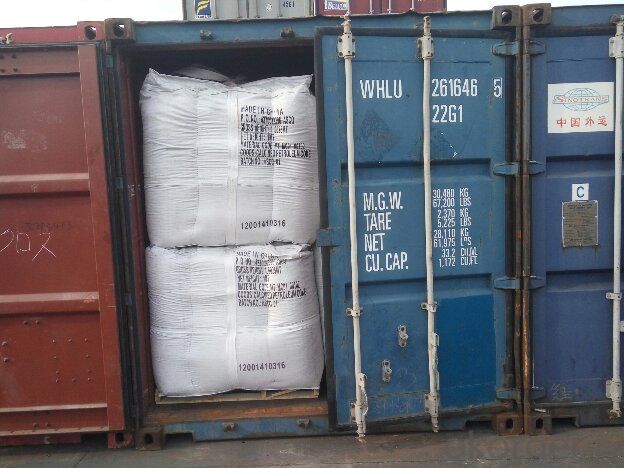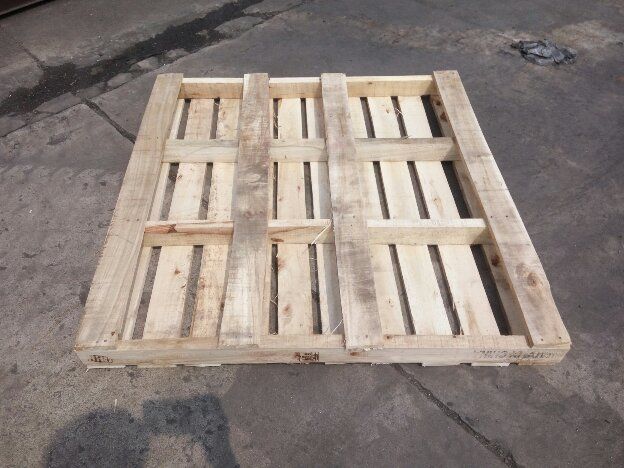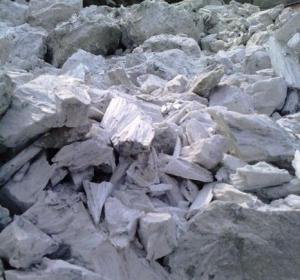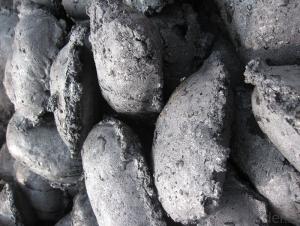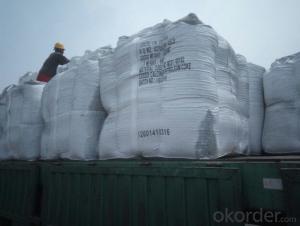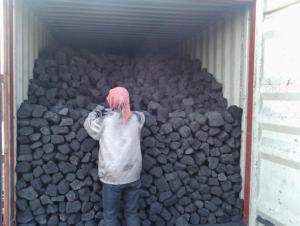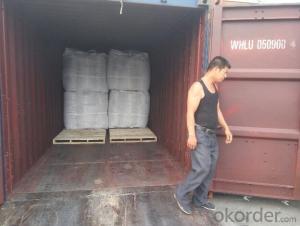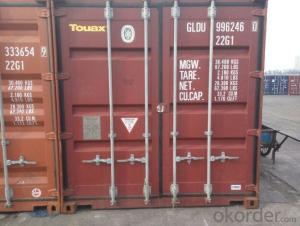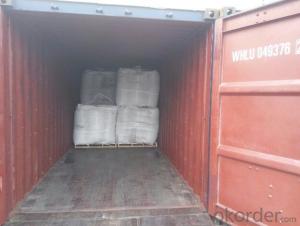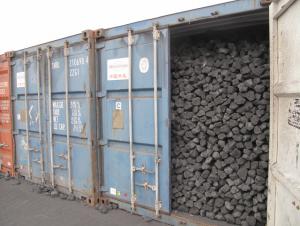10% Ash Foundry Coke for Foundry company with S 0.6%max
- Loading Port:
- Shanghai
- Payment Terms:
- TT OR LC
- Min Order Qty:
- 20.7
- Supply Capability:
- 1007 m.t./month
OKorder Service Pledge
OKorder Financial Service
You Might Also Like
Brief Introduction
Foundry Coke is the main fuel of melting iron in the oven. It can melt the materials in the over, make the iron reach great heat, and keep good air permeability by sustain stock column. Thus, the foundry coke should have the characteristics of big block, low reactivity, small porocity, enough anti-crush strengh, low ash and low sulphur.
The coke handled by our cooperation is made from superior coking coal of Shanxi province. Provided with the advantages of low ash, low sulphur and high carbon. Our coke is well sold in European, American, Japanese and South-east Asian markets. Our owned Coke plant are located in Shanxi Province and supplying of you many kinds of coke.
we supply Foundry Coke long-term, its characteristic is best strength, low sulfur and phosphorus,thermal stability.
Specifications:
ASH % | 8% max | 10% max | 12% max |
V.M.% MAX | 1.5% max | 1.5% max | 2% max |
SULFUR % | 0.65% max | 0.65% max | 0.7% max |
MOISTURE | 5% max | 5% max | 5% max |
Size | 80mm-120mm,80-150,100-150mm, or as request | ||
Features
1. Our quality is always quite good and stable which is producing and packing according to customers' requirements.
2. Putting Client profile into first, achieved mutual benefit.
3. Good partner on business. It's a good and wise choice for customers' to purchase from us. It's our great honor to cooperate with you.It is more and more widely-used
4. We can supply documents as follows:
- bill of loading,
-Invoice,
-Packing List
-Insurance
-standard inspection pictures of the container as specified by INSPECTORATE
-or more requested by buyer.
Pictures
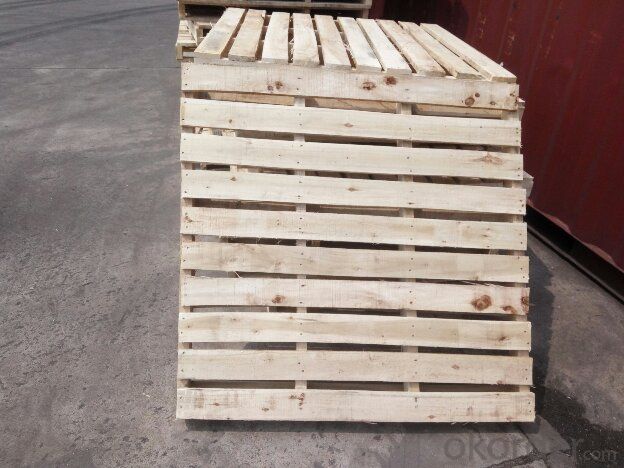
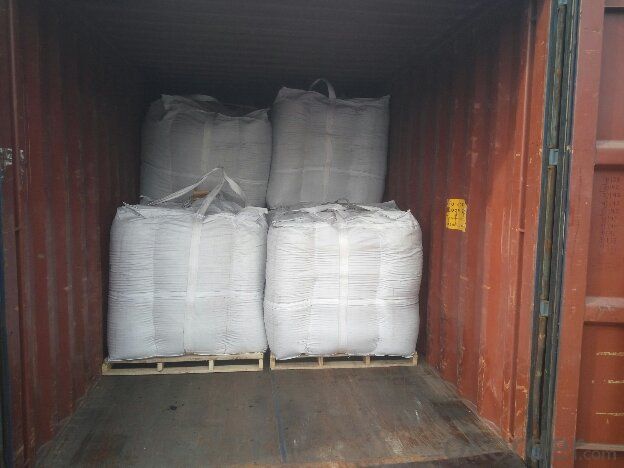
FAQ
1. What is the packing?
In 25kg bag/ In jumbo bags without pallet/ Two jumbo bags with one pallet/ or as customers’ request
2. What is the production capacity?
10 thousand tons per month
3 What is payment term?
Irrevocable LC at sight/ 20% down payment by T/T and 80% against BL copy byT/T/ or to be discussed
4 What is the service?
We will send sample to the third party(CIQ, CCIC, SGS,BV or to be discussed) for checking, and present the test certificate and loading repot of shipment.
- Q: Process for producing carbon fiber board
- What is the production process of carbon fiber?For the production process of carbon fiber, when the PAN based carbon fiber is produced, the polyacrylonitrile fiber, which is called the parent fiber, is firstly prepared by polymerization and spinning process. These are then placed in an oxidizing furnace and oxidized at 200 to 300 degrees celsius. In addition, carbon fibers are also carbonized in the carbonization furnace at temperatures between 1000 and 2000 degrees celsius. In addition to the conventional type of fine carbon fiber, the PAN based carbon fiber also includes coarse fiber, known as the "tow man type carbon fiber", which costs less to produce the crude fiber.If you can not understand that there are other carbon fiber net professional look, introduce a carbon fiber network via Wuxi to see you, the above information and pictures very much, I often go to their website to learn.
- Q: How does carbon form?speed
- How is coal formed?Coal is known as black gold, the food industry, it is one of the main energy use of the human world since eighteenth Century. Although its important position has been replaced by oil, but in the future for a long period of time, due to the exhaustion of petroleum, inevitable decline, but because of the huge reserves of coal, and the rapid development of science and technology, the new technology of coal gasification is becoming more mature and widely used, coal will become one of the production and life of human beings in an irreplaceable energy.Coal is millions of years of plant leaves and roots, stacked on the ground with a layer of very thick black humus, due to changes in the earth's crust constantly buried underground, long isolated from the air and under high temperature and pressure, after a series of complex physical and chemical changes and other factors, the formation of black however, this fossil, is the coal forming process.The thickness of coal seam in a coal mine and the crust drop speed and accumulation amount of plant remains. The crust decreased rapidly, the plant remains piled thick, the coal seam is thick, on the other hand, the crust decline slowly, the accumulation of plant remains thin, the mine coal seam is thin. The tectonic movement of the crust to the original level of coal seam folds and faults occur, some underground coal seam buried deeper, and squeezed to the surface, even above the ground, more likely to be found. There are some relatively thin coal seam, and the area is not large, so there is no value related to the formation of coal mining, so far not find the update statement.
- Q: How does carbon dating work?
- Carbon dating is a scientific technique used to determine the age of organic materials, such as plants, animals, and human remains. It relies on the fact that carbon-14, a radioactive isotope of carbon, is constantly formed in the atmosphere by cosmic rays. While carbon-14 is present in the atmosphere, it is also absorbed by living organisms through photosynthesis or consumption of other organisms. The ratio of carbon-14 to stable carbon isotopes (carbon-12 and carbon-13) in the atmosphere remains relatively constant, as living organisms maintain a constant level of carbon-14 by exchanging it with the atmosphere through respiration or consumption. However, when an organism dies, it no longer takes in carbon-14, and the existing carbon-14 begins to decay at a predictable rate. Carbon-14 has a half-life of approximately 5,730 years, meaning that after this time, half of the carbon-14 in a sample will have decayed into nitrogen-14. By measuring the remaining carbon-14 in a sample, scientists can calculate how long it has been since the organism died. The process of carbon dating involves several steps. First, a sample is collected from the organic material to be dated, which can be anything from wood to bones to textiles. The sample is then prepared for analysis by removing any contaminants and converting it into a form suitable for measurement. Next, the sample is exposed to a high-energy radiation source, such as a particle accelerator or a nuclear reactor, which causes the carbon atoms in the sample to release small bursts of energy known as beta particles. These particles are detected and measured by sensitive instruments, allowing scientists to determine the amount of carbon-14 remaining in the sample. Finally, this information is used to calculate the age of the organic material. By comparing the ratio of carbon-14 to carbon-12 in the sample to the known ratio in the atmosphere, scientists can estimate the time elapsed since the organism died. Carbon dating is an invaluable tool for archaeologists, paleontologists, and geologists, as it allows them to accurately determine the ages of ancient artifacts, fossils, and geological formations. It has revolutionized our understanding of human history and the natural world, providing us with invaluable insights into the past.
- Q: What is carbon offsetting in the automotive industry?
- Carbon offsetting in the automotive industry refers to the practice of compensating for the greenhouse gas emissions produced by vehicles. It involves investing in projects that reduce or remove carbon dioxide from the atmosphere, such as renewable energy projects, reforestation initiatives, or methane capture projects. By offsetting their emissions, automakers and individuals aim to neutralize or balance out the environmental impact of driving vehicles.
- Q: What is carbon?
- Carbon is a chemical element that is essential for life on Earth. It is found in all living organisms and is the building block of molecules such as proteins, carbohydrates, and nucleic acids. Carbon exists in various forms, including graphite and diamond, and plays a crucial role in the carbon cycle, regulating Earth's climate and maintaining the delicate balance of ecosystems.
- Q: How is carbon used in the production of paints and coatings?
- Carbon is commonly used in the production of paints and coatings as a pigment or filler. It can be derived from various sources, such as carbon black or activated carbon, and is added to paint formulations to provide color, opacity, and UV resistance. Additionally, carbon-based materials can be used as additives to enhance the durability, adhesion, and corrosion resistance of coatings.
- Q: 14 is the upper left corner of the mark, please answer a bit more detailed, thank you!
- First hit C14, then select 14, open the format, font, click the "effect" in "superscript" is fine.
- Q: How does carbon impact the energy balance of the Earth?
- The energy balance of the Earth is primarily influenced by carbon, which plays a significant role in the greenhouse effect. Carbon dioxide, a greenhouse gas, is emitted into the atmosphere through both natural processes and human activities such as the burning of fossil fuels and deforestation. The greenhouse effect occurs naturally when specific gases in the atmosphere trap heat from the sun, preventing it from escaping back into space. This process is essential for maintaining a suitable temperature for life on Earth. However, excessive carbon emissions have intensified the greenhouse effect, resulting in global warming and climate change. When carbon dioxide and other greenhouse gases accumulate in the atmosphere, they trap more heat, causing the Earth's surface temperature to rise. This temperature increase disrupts the planet's energy balance, leading to the melting of polar ice caps, rising sea levels, and more frequent and severe extreme weather events. Moreover, carbon alters the energy balance of the Earth by impacting the carbon cycle. The carbon cycle is a natural process in which carbon is exchanged between the atmosphere, oceans, and land. However, human activities have significantly disrupted this cycle by releasing large quantities of carbon into the atmosphere, primarily through the combustion of fossil fuels. Excessive carbon emissions create an imbalance in the carbon cycle, as the natural processes that absorb and store carbon, such as photosynthesis and the ocean's ability to absorb CO2, cannot keep up with the rate of emissions. This leads to an accumulation of carbon dioxide in the atmosphere, further intensifying the greenhouse effect and contributing to global warming. In conclusion, carbon has a significant impact on the energy balance of the Earth by intensifying the greenhouse effect and disrupting the natural carbon cycle. It is crucial to reduce carbon emissions and transition to cleaner and more sustainable energy sources in order to mitigate the adverse effects of carbon on the planet's energy balance. Ultimately, this is necessary to preserve the health and stability of our environment.
- Q: How does carbon impact the prevalence of floods?
- Flood prevalence is not directly affected by carbon, but its role in influencing climate change is crucial, as it can impact the occurrence and severity of floods. Carbon dioxide (CO2), a greenhouse gas, primarily traps heat in the Earth's atmosphere, resulting in global warming. This global temperature increase has various consequences, including an escalation in extreme weather events like floods. As the Earth warms, the atmosphere can hold more moisture, increasing the likelihood of heavy precipitation events. This leads to more intense rainfall, causing rivers and water bodies to overflow and causing floods. Additionally, warmer temperatures can contribute to the melting of glaciers and ice caps, raising sea levels and intensifying the impact of floods, especially in coastal regions. Moreover, human activities such as burning fossil fuels and deforestation are the primary drivers of climate change, leading to carbon emissions. By reducing our carbon footprint and transitioning to cleaner energy sources, we can help mitigate the effects of climate change and potentially decrease flood prevalence in the long run. It's important to note that although carbon emissions significantly contribute to climate change, floods are not solely caused by them. Other natural factors, such as rainfall patterns, topography, and land use, also have important roles in determining flood risks.
- Q: What is the role of carbon in organic chemistry?
- Carbon is a fundamental element in organic chemistry, playing a crucial role in the structure and function of organic compounds. It is unique in its ability to form stable covalent bonds with other carbon atoms and a wide variety of other elements, leading to the vast diversity of organic molecules found in nature. Carbon's ability to bond with itself and other elements allows for the formation of long chains, branched structures, and ring systems, giving rise to the complex structures and shapes characteristic of organic compounds. In organic chemistry, carbon serves as the backbone for many important biomolecules such as carbohydrates, lipids, proteins, and nucleic acids that are essential for life. It is the basis for the structural diversity and complexity found in living organisms. Carbon's ability to form multiple bonds and its tetrahedral geometry also contribute to the versatility of organic compounds, allowing for the presence of various functional groups such as hydroxyl, carbonyl, amino, and carboxyl groups. Furthermore, carbon's ability to undergo chemical reactions, including oxidation, reduction, addition, substitution, and elimination reactions, is vital in organic chemistry. These reactions are fundamental for the synthesis and modification of organic compounds, enabling the creation of new molecules with specific properties and functions. Carbon's role as a central element in organic chemistry also extends to the study of reaction mechanisms, stereochemistry, and the understanding of the behavior and reactivity of organic compounds. Overall, carbon's unique properties and its ability to form stable covalent bonds with other elements make it the foundation of organic chemistry. Its presence allows for the diverse array of organic compounds that exist, and its participation in chemical reactions enables the synthesis and manipulation of these compounds. Without carbon, the field of organic chemistry and the study of life's building blocks would not be possible.
Send your message to us
10% Ash Foundry Coke for Foundry company with S 0.6%max
- Loading Port:
- Shanghai
- Payment Terms:
- TT OR LC
- Min Order Qty:
- 20.7
- Supply Capability:
- 1007 m.t./month
OKorder Service Pledge
OKorder Financial Service
Similar products
Hot products
Hot Searches
